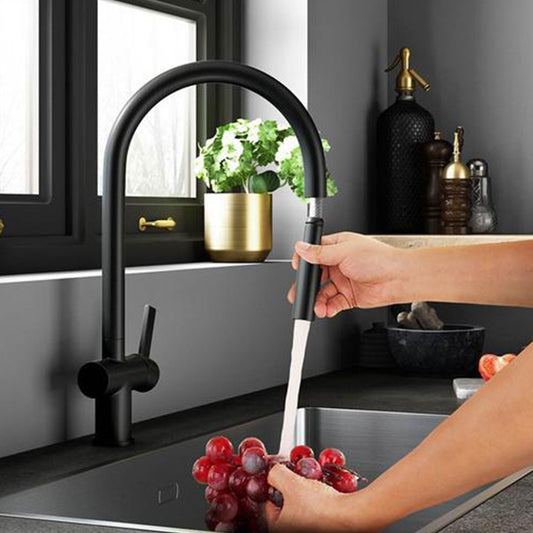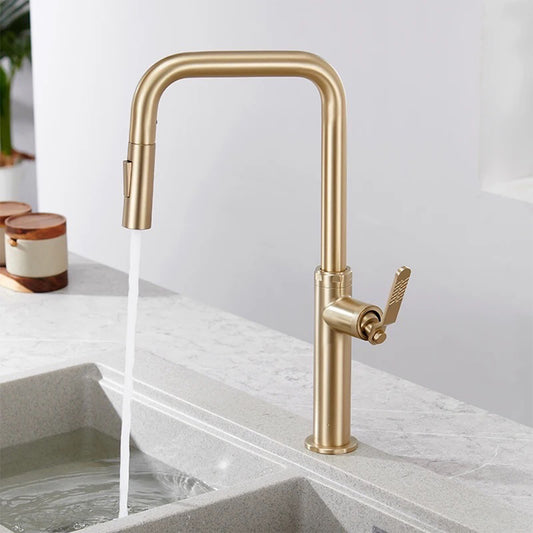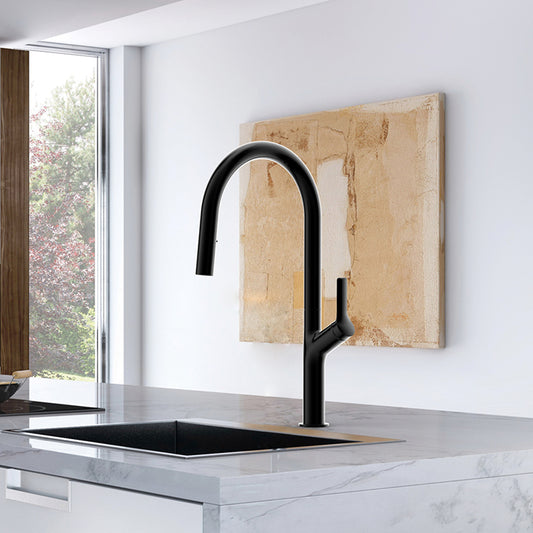How To Solve Problems With Taps: A Complete DIY Guide
Table of Contents:
Introduction
Experiencing issues with your taps can be more than just an inconvenience; it can lead to water wastage and increased utility bills.
Whether it's a leaky faucet, low water pressure, or a mixer tap that won't turn, understanding how to solve problems with taps is an essential skill for any homeowner.
This guide will walk you through common tap problems and their DIY solutions, helping you fix issues without always needing to call a plumber.
Introduction to Tap Troubles
Tap problems can range from the mildly annoying to the seriously problematic. Knowing how to fix these issues not only saves you time and money but also conserves water and keeps your home running smoothly.
Identifying Common Tap Problems
The first step in solving any tap issue is identifying the problem. Common issues include dripping taps, low water pressure, leaking from the base of the mixer tap, and shower mixers that don't properly divert water.
Tools You'll Need for Tap Repairs
Before you begin, ensure you have the right tools on hand. Essential items include a wrench, screwdrivers, pliers, a tap washer kit, and possibly replacement parts specific to your tap type.
How to Fix a Dripping Tap
A dripping tap is often due to a worn-out washer or O-ring. To fix, turn off your water supply and disassemble the tap to reach the faulty component. Replace the washer or O-ring, then reassemble your tap.
Resolving Low Water Pressure Issues
Low water pressure can be caused by clogged aerators or valves. Remove the aerator from the end of the tap and clean it with vinegar to remove any mineral deposits. Check the stop valves under the sink to ensure they're fully open.
Repairing a Leaky Mixer Tap
Mixer taps can leak from their base due to worn out O-rings. Turn off the water supply, dismantle the tap to access the O-rings, and replace them. This fix can also apply to bath shower mixer taps.
Fixing Shower Mixer and Diverter Issues
If your shower mixer or diverter isn't working correctly, it might be clogged or broken. For a clogged diverter, remove and clean it with a limescale remover. If broken, you may need to replace the diverter valve.
Dealing with Stiff or Hard to Turn Taps
Stiff taps can often be resolved by lubricating the spindle or cartridge. Disassemble the tap, apply a suitable lubricant, and reassemble. This can significantly improve ease of use.
Preventing and Removing Limescale Buildup
Regular cleaning with vinegar or lemon juice can prevent limescale buildup, a common problem in hard water areas. For heavy buildup, soak the affected parts in a limescale removal solution.
When to Replace vs. Repair
Sometimes, repairing a tap might not be cost-effective or possible due to its condition or age. In such cases, replacing the tap is a better solution. Modern taps can offer improved functionality and efficiency.

Maintenance Tips for Long-lasting Taps
Regular maintenance, including cleaning, tightening loose parts, and checking for leaks, can extend the life of your taps. Install water softeners if you live in a hard water area to reduce mineral buildup.
Conclusion
Solving common tap problems doesn't have to be daunting. With the right tools and a bit of know-how, you can fix most issues yourself. Remember, regular maintenance is key to preventing problems before they start. If you encounter a problem that's beyond your skill level, don't hesitate to call a professional plumber.
Have you tackled a tap repair in your home? Share your experience or ask for tips on specific issues you're facing!
Explore our other related blog posts :


















![Stainless Steel Gold Pull Out Kitchen Tap Tapron Gold Pull Out Kitchen Tap with Dual Spray [TABB101]](http://tapron.co.uk/cdn/shop/products/Tapron-Brushed-Stainless-Steel-Kitchen-Tap-with-Pull-Out-Spray-Brushed-Brass-Finish-LS_533x.jpg?v=1627033460)






















